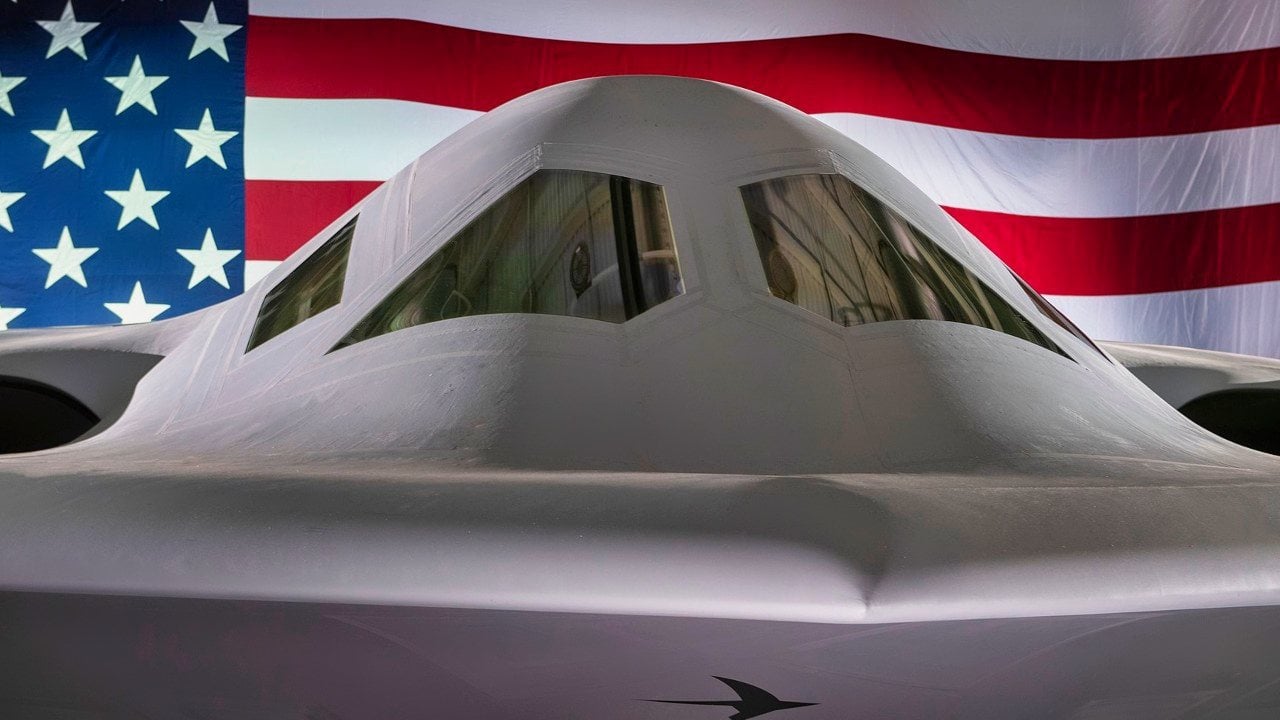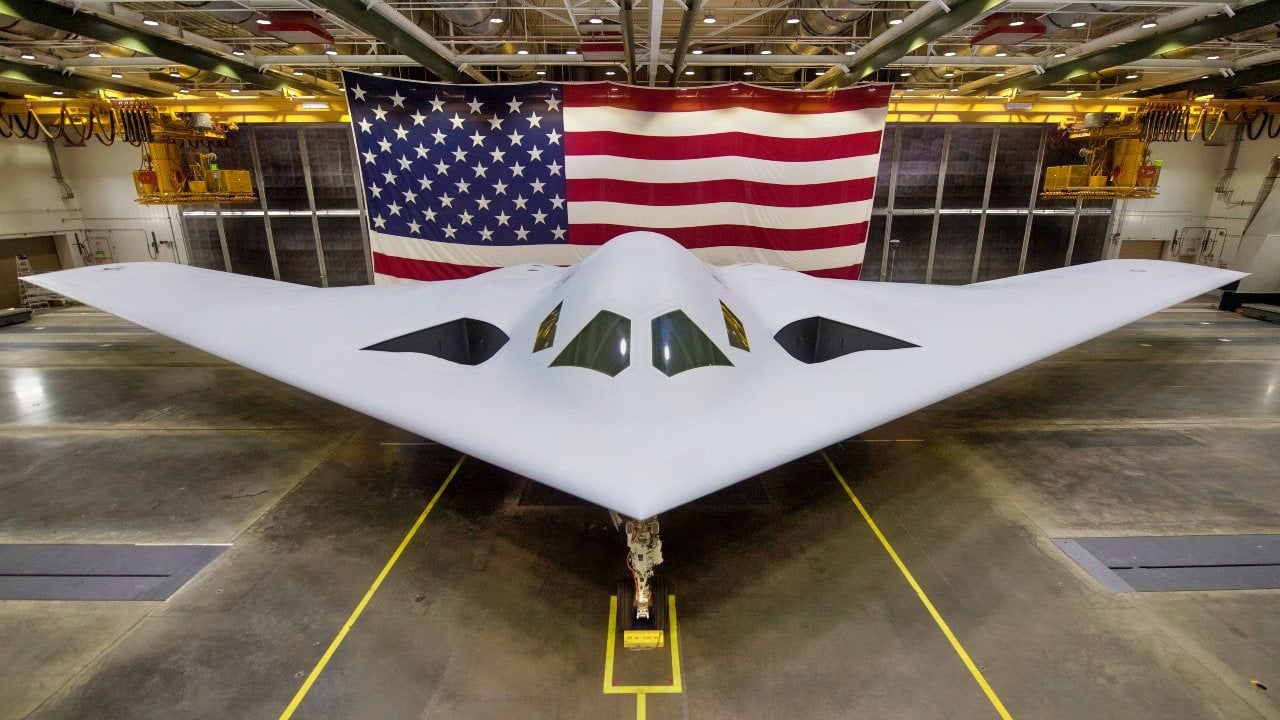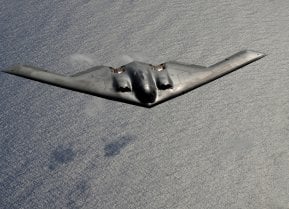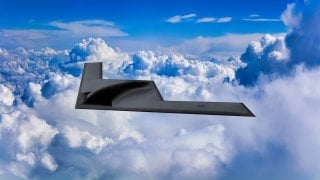B-21 Raider Stealth Bomber: The Most Expensive Plane Ever?
The Northrop Grumman B-21 Raider could not only be the most advanced aircraft built to date – it could also be the most expensive plane to ever fly in the sky.
B-21 Raider's Budget Being Kept in Check - The Northrop Grumman B-21 Raider could not only be the most advanced aircraft built to date – it could also be the most expensive.
As reported last month, the future long-range strategic bomber is already on track to be one of the Pentagon's priciest platforms to date, and there are already concerns that the United States Air Force would be hard-pressed to buy enough of the Raider bombers in coming years.
However, earlier this month, Pentagon acquisition and sustainment chief William LaPlante said the B-21 Raider was structured for a low production rate to make it less vulnerable to budget cuts. While speaking at a virtual RAND event, LaPlante noted that the B-21 program was "designed to be resilient to Washington turbulence."
Lessons Learned From the F-35 Joint Strike Fighter Program
The air service has been seen past turbulence as its costly programs have simply cost too much.
This was the case with the F-22 and again with the F-35. As a result of the lessons learned, the B-21 program was mapped out to avoid a Nunn-McCurdy Act breach that could come from out-of-control development costs. That legislation allows lawmakers to better manage the cost of Major Defense Acquisition Programs, as it requires the Pentagon to inform lawmakers if a program will incur a cost or schedule overrun of more than 15 percent.
"A lot of the painful lessons of the F-35 were applied to the B-21," LaPlante explained, noting that a key issue with the F-35 was that it failed to hit the necessary rate of production to lower the costs.
If production quantities are high, cost per unit comes down, because development and overhead costs are spread over a larger number of units. Yet, if quantities are reduced, overhead costs are spread over fewer units, and unit costs go up.
Low-Rate Initial Production Reached
Last month, the Raider entered its Low-Rate Initial Production (LRIP), but Northrop Grumman now expects to lose money – lots of money – during this phase.
"As shared by the U.S. Air Force, the Northrop Grumman B-21 Raider has entered low-rate initial production," Northrop Grumman announced. "Our team received the contract award after B-21 entered flight testing within the program baseline schedule. Our production representative test aircraft indicated readiness for production, achieving all flight performance and data requirements."

Moreover, the first five production lots of the B-21 will total just 21 airplanes. That is by design, to ensure the costs are managed according. As Air & Space Forces magazine noted, by contrast, the B-2 bomber factory was built to produce 132 aircraft fairly rapidly, but Congress drastically reduced and then terminated the program after only 21 had been built. That raised that aircraft's unit cost to nearly $2 billion each.
The B-21 Raider program is expected to include more than 100 bombers, and it has most of its production covered under a cost-plus contract, which means the Air Force (and in turn the American taxpayer) will reimburse the company for the extra expenses it incurs due to inflation.

Six prototype aircraft are in various stages of production, and those aircraft are being built on the same lines, using the same tools and processes that will build the eventual production Raiders. That approach has enabled production engineers and technicians to capture lessons learned and apply them directly to follow-on aircraft, driving home a focus on repeatability, producibility, and quality. And perhaps keeping the costs under control.
Author Experience and Expertise: Peter Suciu
Peter Suciu is a Michigan-based writer. He has contributed to more than four dozen magazines, newspapers, and websites with over 3,200 published pieces over a twenty-year career in journalism. He regularly writes about military hardware, firearms history, cybersecurity, politics, and international affairs. Peter is also a Contributing Writer for Forbes and Clearance Jobs. You can follow him on Twitter: @PeterSuciu. You can email the author: [email protected].


